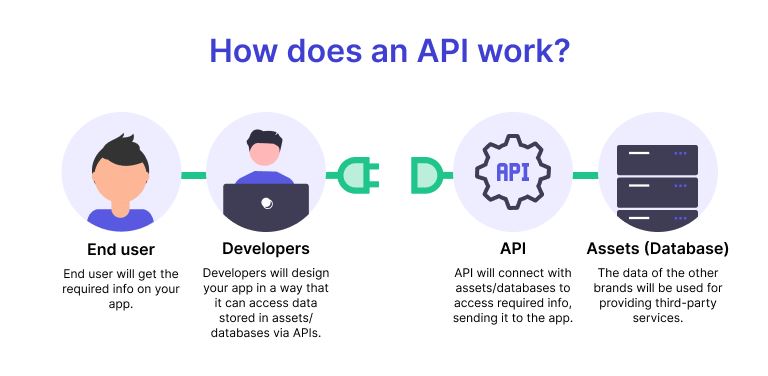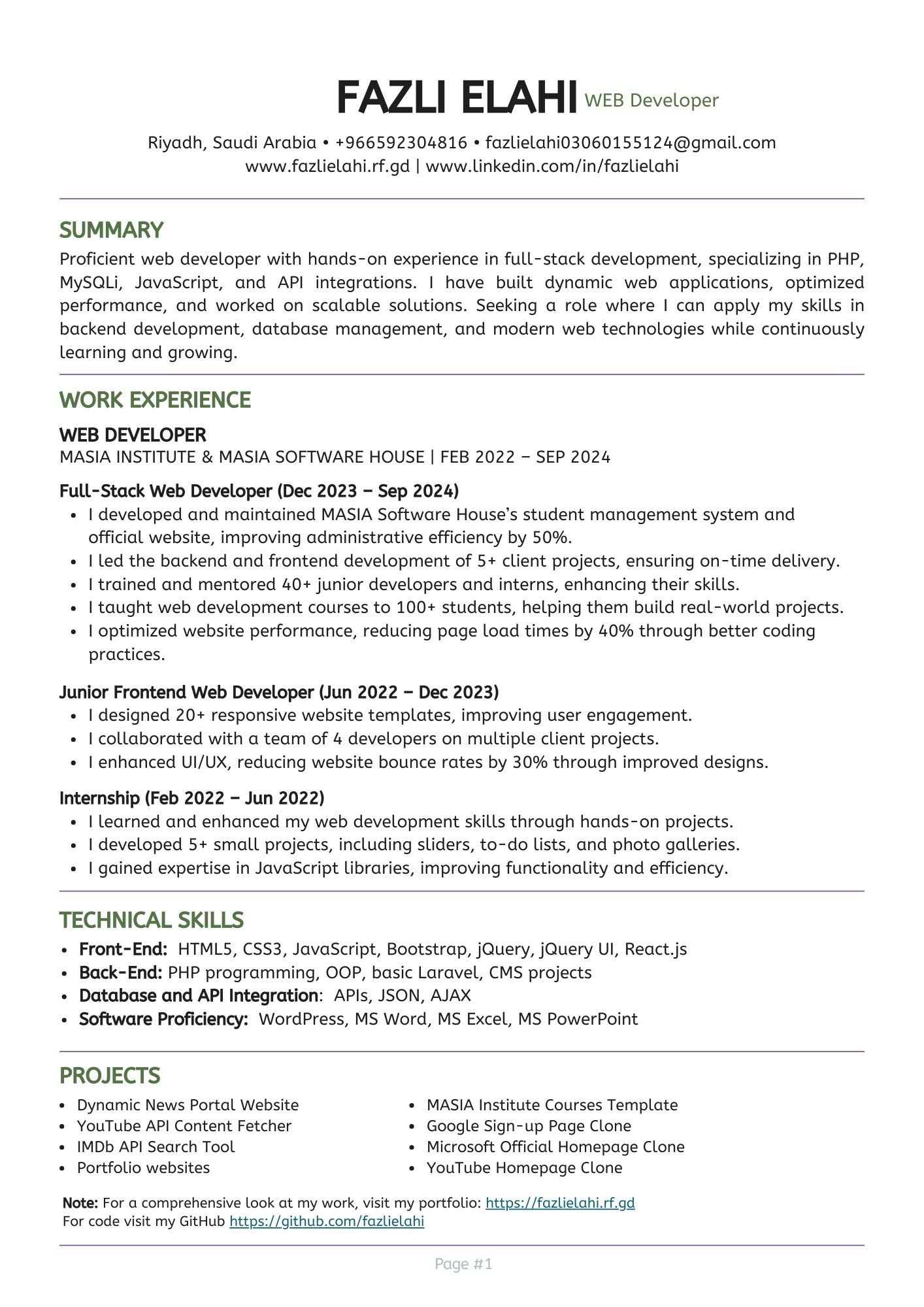Everything You Need to Know About APIs: The Backbone of Modern Web Development
In today’s fast-paced digital world, APIs (Application Programming Interfaces) have become the unsung heroes of the internet. Whether you’re using your favorite apps, browsing websites, or even ordering food online, APIs work behind the scenes to make everything seamless. But what exactly is an API, and why should you care as a developer, business owner, or tech enthusiast? Let’s dive in.
What is an API?
Simply put, an API is a bridge that allows two software applications to communicate with each other. Imagine it as a waiter in a restaurant:
-
You (the client) place an order (request).
-
The waiter (API) delivers it to the kitchen (server).
-
The kitchen prepares the meal (response) and the waiter brings it back to you.
APIs make software modular, flexible, and efficient, enabling developers to create complex systems without reinventing the wheel.

Types of APIs You Should Know
-
Web APIs – These let applications communicate over the internet. Example: Twitter API allows apps to fetch tweets.
-
REST APIs – The most popular type, using HTTP methods (GET, POST, PUT, DELETE) to perform actions.
-
SOAP APIs – Older but secure protocol for enterprise applications.
-
Open APIs – Publicly available APIs for developers to integrate freely.
-
Private APIs – Used internally by companies to maintain control over services.
Why APIs Are Crucial for Modern Development
-
Speed Up Development: Developers can integrate existing APIs instead of building features from scratch.
-
Enhance User Experience: Smooth integration of services like payment gateways, social media, and mapping APIs.
-
Automation & Efficiency: APIs automate repetitive tasks, saving time and reducing errors.
-
Scalability: Applications can grow without massive rewrites by leveraging APIs.
Popular API Use Cases
-
Social Media Integration: Log in with Facebook or Google.
-
Payment Gateways: Stripe, PayPal, or Apple Pay APIs process payments instantly.
-
Weather Apps: Fetch live weather data from APIs like OpenWeatherMap.
-
Travel & Maps: Google Maps API helps with location services, directions, and geocoding.
-
E-commerce: APIs connect inventory systems, order tracking, and shipping solutions.
Tips for Using APIs Effectively
-
Read the Documentation Carefully: Every API has its own rules, endpoints, and limits.
-
Handle Errors Gracefully: Always anticipate errors and provide fallback solutions.
-
Optimize Requests: Reduce unnecessary API calls to save time and bandwidth.
-
Secure Your API Keys: Never expose keys publicly to prevent misuse.
-
Stay Updated: APIs evolve; ensure your app adapts to changes.
The Future of APIs
APIs are evolving rapidly with trends like GraphQL, AI integrations, and serverless architectures. They’re not just tools for developers they’re strategic assets for businesses looking to scale, innovate, and provide seamless experiences to users.
Conclusion
APIs are the invisible glue that powers modern digital experiences. Understanding them isn’t just for developers; it’s for anyone wanting to innovate, integrate, and build smarter solutions. Start exploring APIs today and unlock the potential of your applications!












Comments